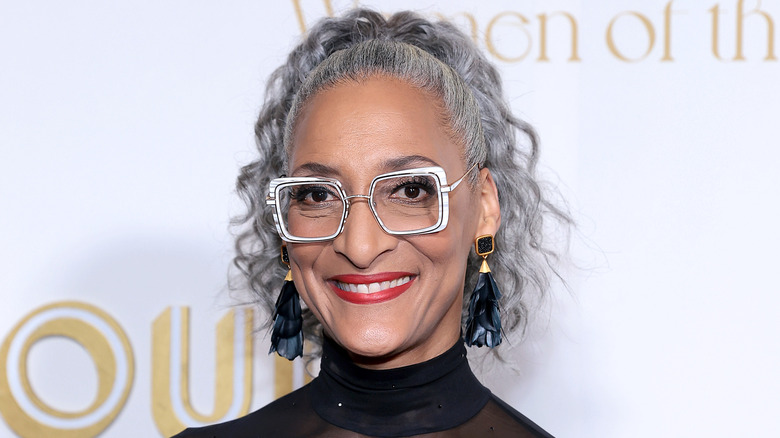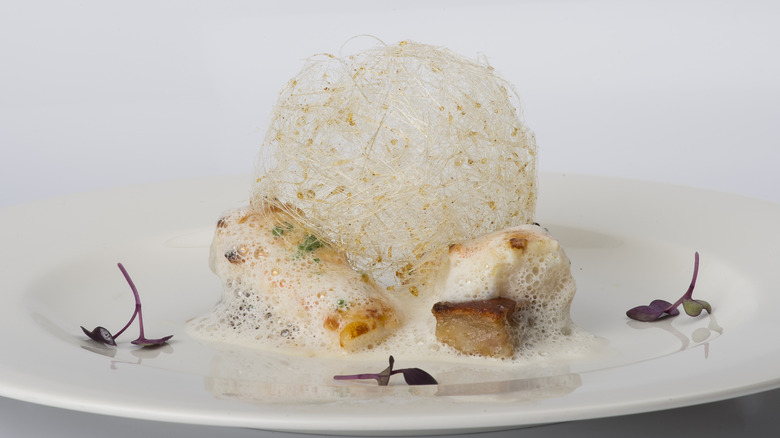Carla Hall's Favorite & Least Favorite Food Trends Of 2023 - Exclusive
Whether we like it or not, as citizens of the digital age, we're living in a time when food trends largely dictate the items that grace restaurant menus and the food products that are available in farmer's markets and grocery stores. Some food trends are delicious, like 2022's resurgence of whole fish entrees and green goddess salads heavy in avocado and chopped broccoli, but others, like caviar bumps, aren't worth revisiting. Tasting Table chatted with Food Network's Carla Hall at the New York City Wine & Food Festival (NYCWFF) to hear about her take on the best and worst food trends of 2023.
For Hall, some of the best food trends are the ones that are focused on natural ingredients and taking advantage of the produce of the season. "I think some of my favorite food trends are the vegetables. So, there was a seasonal kale, there was a seasonal cauliflower." In addition to a focus on seasonal ingredients this year, Hall was particularly fond of the way restaurants embraced vegetarian dishes. "Just doing really good vegetarian food in regular restaurants, everyday restaurants. That was a good trend." Highlighting the flavor and nourishment of vegetables to mainstream diners is an excellent way to promote the possibility of a vegetarian or flexitarian diet.
The food trends Hall never enjoys
Each year, there are several food trends that emerge that are much more about the presentation or the wow factor than about taste and conjuring actual flavor. One prime example from 2022 was butter boards, which were not only a hygienic nightmare but also did a disservice to the elegance and richness of butter slathered properly on bread and crackers. For Hall, there are some unfortunate food trends that have a way of repeating themselves that she never finds satisfying. "A bad trend for me always is some kind of random foam or oil or truffle thing. It's not real."
Many haute cuisine restaurants find themselves at the center of this trend where elaborate foams and oils are presented atop small pieces of protein and dramatically placed on large plates for diners to photograph. Hall's feelings about the randomness of culinary foam are shared by many, particularly as the foam has begun to appear in a variety of dishes ranging from seafood to cocktails. It's not always clear whether the foam is serving any real purpose in terms of flavor profile. Hall much prefers foods and food trends that amplify what already exists in the ingredient rather than something that's purely decorative and tasteless.

